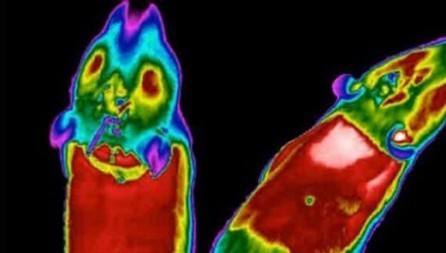But an international team of scientists led by Virginia Commonwealth University Massey Cancer Center researcher Andrew Larner, M.D., Ph.D., has successfully reversed obesity in mice by manipulating the production of an enzyme known as tyrosine-protein kinase-2 (Tyk2). In their experiments, the scientists discovered that Tyk2 helps regulate obesity in mice and humans through the differentiation of a type of fat tissue known as brown adipose tissue (BAT).
Research and publish the best content.
Get Started for FREE
Sign up with Facebook Sign up with X
I don't have a Facebook or a X account
Already have an account: Login
Live longer in good health and you will have a chance to extend your healthy life even further
Curated by
Ray and Terry's
 Your new post is loading... Your new post is loading...
 Your new post is loading... Your new post is loading...
|
|














This discovery may lead to methods to treat obesity by modulating levels of the enzyme. If successful, not only would obesity rates decrease, but healthy life span would increase.